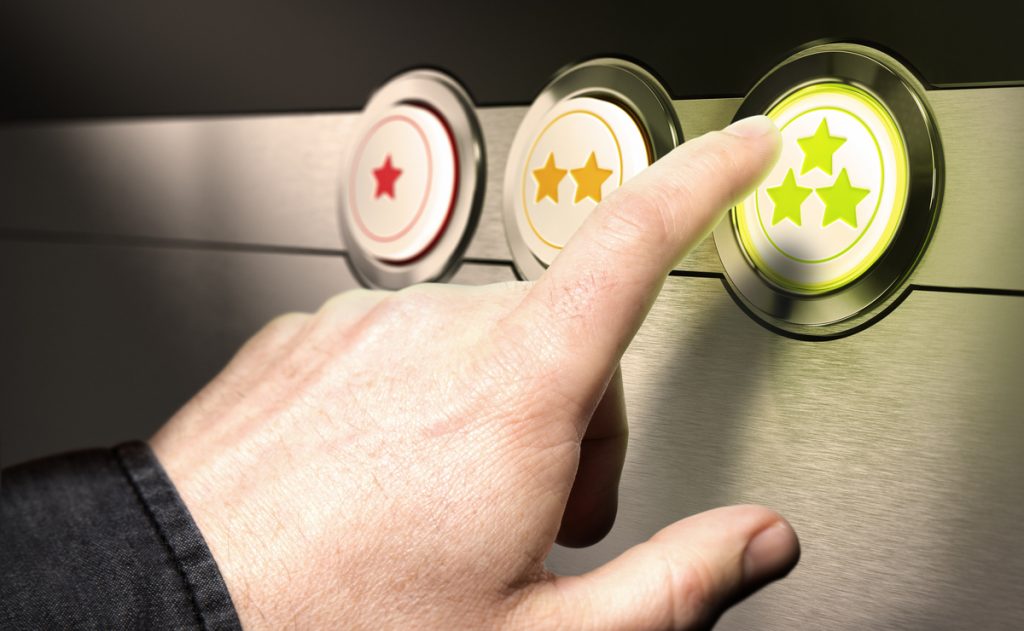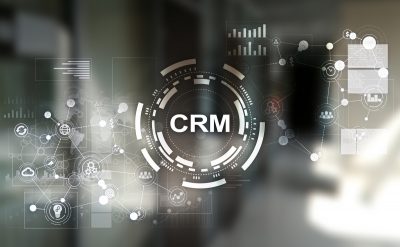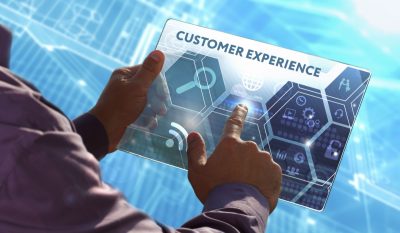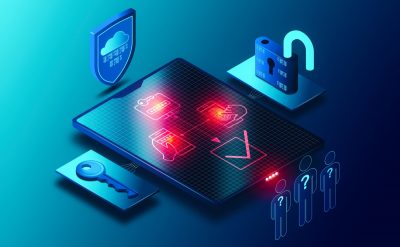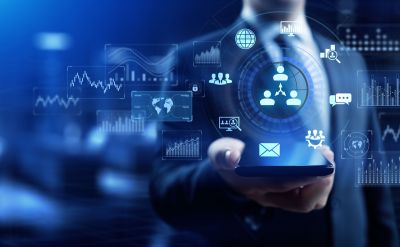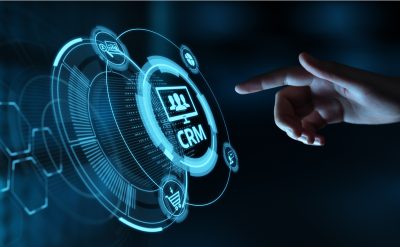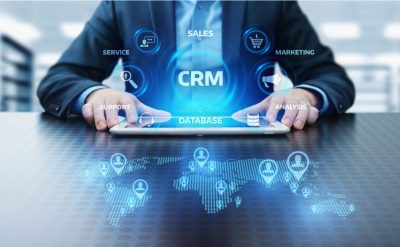The customer service has transformed over the last five years, wherein the customers had to constantly contact the service providers to get a certain issue fixed. Most of the service providers lacked the resource and the will power to provide a better service; it usually took close to 24 to 48 hours to hear back from the enterprises, when the communication channel used for the contact is usually phone or email. The customer service wasn’t the only area that spanned the time; even the sales response was close to 48 hours. Reacting or responding to any of the client requests was the way; many of the enterprises were actually interacting with the customers. For them, customers were just based on interaction or revenue and the interaction options were quite low. With increased service and product providers and the advancement of technology, the customer’s expectations have also increased. The customer service issues can surely impact the revenue generation, an overview solution with channelized call centers, volumes, and reduction in the service interruption have now become the salient features for enterprise success. It’s imperative that the enterprises move the revenue-centric model towards improved customer-centric options that can be evaluated and innovated with time. The advancement in technology has also increased customer expectations, as always on strategy is driving the revenue rather than the only available option for interaction. If a customer is buying a cloud storage facility the enterprise might also be interested in the other cloud technologies such as an Artifical Intelligence, Machine learning, and Cloud management solution to providing the end to end facility for such customers is imperative.
The only opportunity for the businesses today is determined as a solution that can solve the customer experience maze. Customer expectation depends on various phases of delight that needs to be predicted depending on the needs. The delight phase is much more organized by technology that can analyze different behavioral patterns for the customers. It also gives a complete overview of the product opportunities and behavioral design for several of the customers. The customer’s service side of the enterprises the technology can be used to predict where the products and service need to be improved with the technology as the underlying part in it. A service team might be required in a certain area wherein the products might also be needed to go through the predictive analysis.
Satisfaction on Experience
The leading consumer businesses are using an end to end customer predictive service and this has led to an increase in customer expectations in the same way for the other enterprises. The B2B or B2C the fine line of customer experience is soon disappearing and we have end person who demands a complete customer experience. The consumers react in a certain way when dealing with a certain brand this isn’t actually adopting the required predictive analysis for better customer experience. Predictive analysis is just the first step and one of the most important steps that actually transforms the technology. The technology needs to be executable in a consistent and scalable manner. When deploying the right technology the data transformation has to be an end to end solution without a barrier to the customer experience.
How do the enterprises start managing the given data, when earlier it was failing to do so. First getting management solutions that can actually analyze the data, where is it? what form is it in? and How accurate is the given data? Managing the given data depending on the analysis of the scenarios and the customer requirements is much more complicated but it will give a business advantage. Figuring out the data technology that can improve the communication framework with the customer first and customer-centric is a demand from the underlying technology. Enterprises are standing on the crossroads of information development and leveraging the technology to improve technology and human interaction.
Data and Privacy Laws
Millennials tend to be more concerned about their data if they get nothing in return. Recent research that exploited both B2B and B2C market added that 79 percent of the customers are willing to share relevant information is provided with the contextualized interactions. It’s very imperative that the interaction is centric according to the requirements; almost 84 percent of the customers say that being treated like customers is much more delightful than being treated as a number or just business.
The communication needs to have a positive effect on the customer experience that can be enormously affecting the development. When it comes to the customer experience it’s imperative that they maintain the required level of relation when giving the required experience. A customer is more likely to share their data if you tend to improve their experience with a given technology rather than just sharing the required data for no value. Customer privacy is an issue that needs to be thoroughly analyzed before you start collecting the data. Customer privacy is an underlying requirement that needs to be prioritized depending on the technology factors and also sharing of the data with third-party enterprises need to more synchronized based on the policies.
Conclusion:
Data solutions and customer experience are two different aspects but strongly combined together can result in growth. The recent analysis of the customer experience depends strongly on the leveraging the insight from the vast amount of data. The connected experience gives a complete insight towards what products are actually imperative for enterprise and what can be improved depending on the solutions.
To know more about the sales, you can download our whitepapers.




